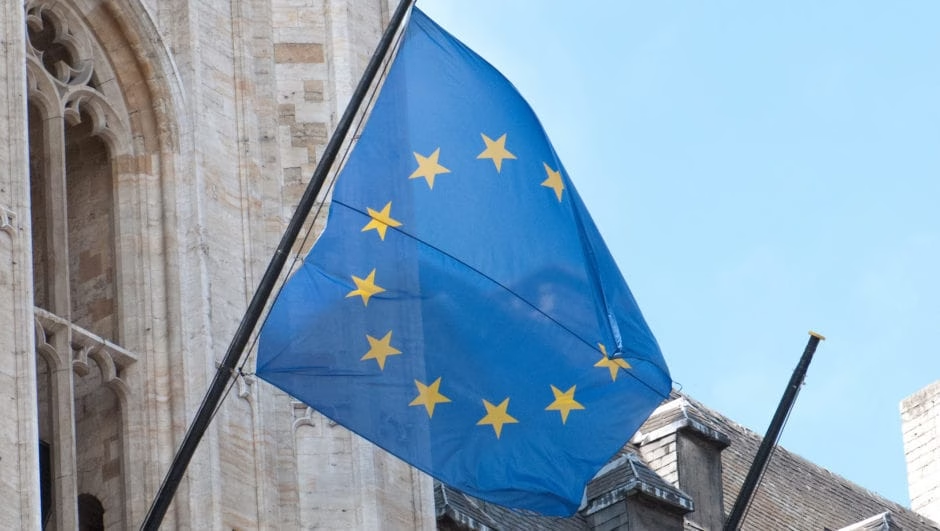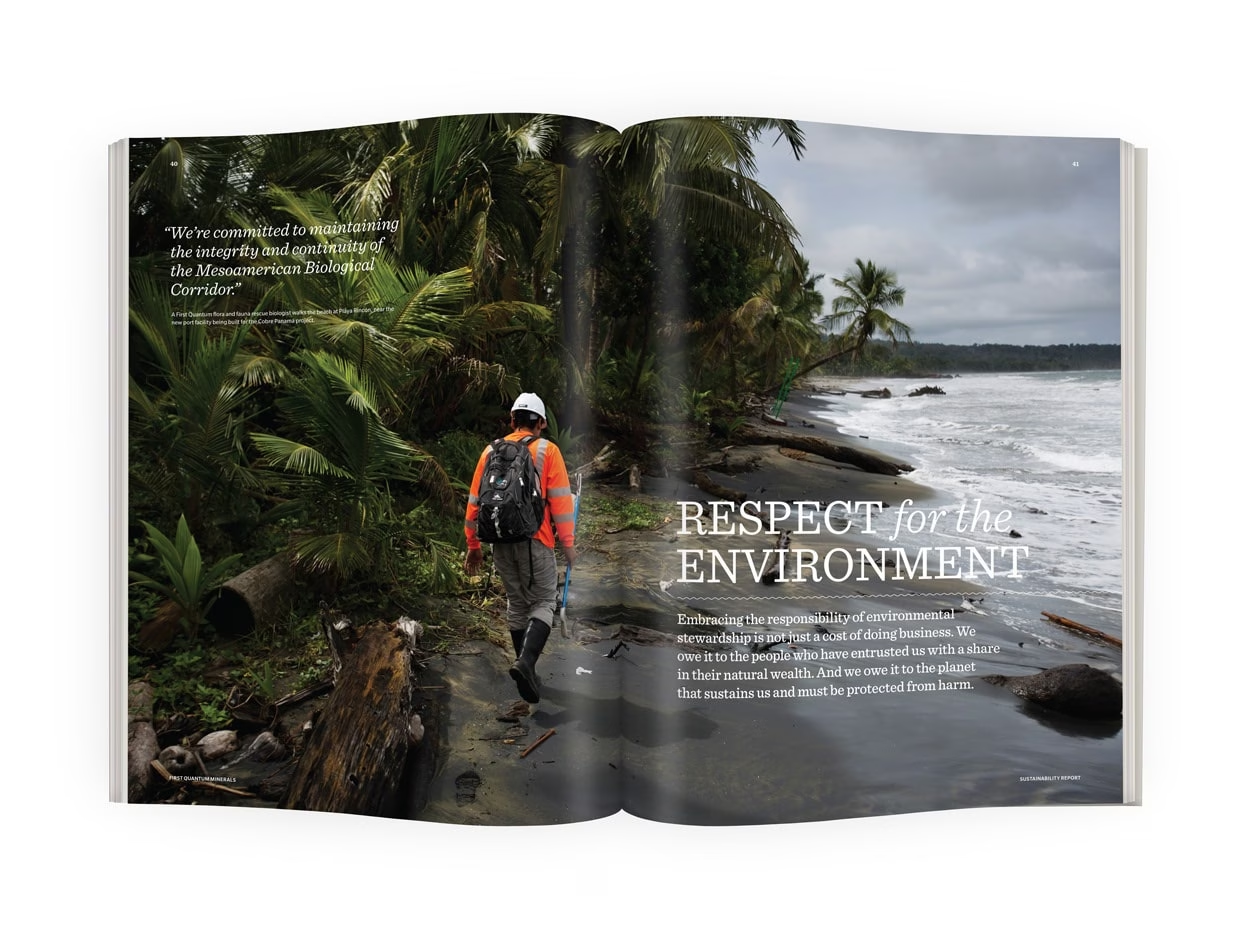CSRD. ESRS. CBAM. EFRAG. CSDDD. NFRD. VSME…
At some point, keeping up with the abbreviations becomes too much.
Europe gets props for working towards becoming the first climate-neutral continent. But the initiatives and measures following the European Green Deal have been anything but straightforward for professionals working in the sustainability sphere.
Earlier in February, the European Commission released the Omnibus simplification package: a set of proposals following their review of the CSRD and other regulatory requirements first passed in 2022.
This post breaks down the CSRD, the omnibus updates and what they mean for sustainability reporting.

What the heck is it?
CSRD stands for Corporate Sustainability Reporting Directive. The legislation requires companies to report on non-financial data, specifically environmental and social activities and impacts in all directions.
By “all directions”, we mean that if you’re a fashion brand, you must disclose, for example, the amount of paper used to print clothes tags, receipts, etc. On top of that, there are the effects climate change has on your cotton fabric supply, production costs, and so on and so forth.
The goal of the CSRD is to make it easier for investors, consumers, policymakers, and everyone else to have a clearer picture of a business beyond the numbers.
It builds on the previous Non-Financial Reporting Directive (NFRD) introduced in 2014.
Why are Europe’s sustainability circles making so much noise?
To answer this question, let’s go back a few months.
The Draghi report, presented by Mario Draghi – former European Central Bank (ECB – yes, more abbreviations) president and previous Italian Prime Minister – was one of the standout reforms in 2024. It laid out ideas for boosting productivity, with a strong push on easing the compliance burden on businesses. This report was one of the influences that prompted the Omnibus review.
So imagine spending the last two years preparing for CSRD. You’ve paid tens – if not hundreds – of thousands of euros to consultancy and auditing firms. Maybe you’ve developed in-house capabilities – hiring talent, investing in software, and training teams.
But thanks to the EU’s Omnibus, surprise, reporting is voluntary!

The European Commission estimates that around 80% of companies would be exempt from CSRD sustainability reporting requirements. That’s at least 50,000 businesses.
For many, it’s left them to wonder if all that expensive prep work was for nothing.
Who needs to comply?
Under the original CSRD (pre-Omnibus), companies had to meet 2 out of 3 thresholds:
- 250+ employees;
- And €40 million+ turnover;
- Or €20 million+ total assets.
Under a simplified CSRD (post-Omnibus), companies need to have:
- More than 1,000 employees;
- And €50 million+ net turnover;
- Or €25 million+ in total assets.
If you’re wondering who fits the profile, think of the Hijos de Rivera Brewery, producer of Spain’s beloved Estrella Galicia: more than 1,800 people and a net turnover of €829 million. France’s Renault Group: more than 100,000 employees and net turnover of over €56 billion. Italy’s Calzedonia Group: more than 40,000 employees and net turnover greater than €3 billion.
It’s become a small pool of very large businesses that need to complete CSRD reporting this year.
Many functioning as sustainable brands – like ethical chocolate Tony’s Chocolonely, and eco-friendly outdoor gear Vaude – meet the revenue minimum but not the staff count. Large companies that operate – but aren’t listed – in the EU can enjoy a momentary respite. They may only have to start in 2029.
A closer look at the fine print
No, we’re not done.
Some other points won’t affect your company’s position, but the details within the reporting. They reflect a more flexible, simplified approach to CSRD while keeping the core intent of transparency and accountability alive.
- Sector-specific standards are gone – The EU has decided not to move forward with tailored guidance by industry.
- Fewer data points – The number of mandatory disclosures is set to drop, but it’s still unclear which indicators will stay or go.
- Double materiality is still a must – Companies must continue assessing both how sustainability issues impact them and how they impact the world.
- XBRL tagging will stay – Digital, machine-readable reports remain part of the plan.
- Limited assurance will be the standard – Companies will only need this lower-cost, less intensive audit level. The more rigorous “reasonable assurance” has been shelved.
- Large companies can’t overload smaller suppliers with data requests – This should reduce reporting burdens down the supply chain.
For you, reporting is voluntary. So what to do?
If your company is now out of CSRD scope, you’ve got two paths forward. Report voluntarily (check the VSME framework). Or redirect your energy, manpower, and budget, into other sustainability initiatives that drive real-world change.
And FYI, VSME means voluntary standards for SMEs.
Voluntary reporting still holds strategic value, what more now that the pressure’s dialed down. Without looming deadlines and budget-burning audits, you can reshape your reporting. Focus on internal priorities, investor expectations, or brand transparency – whatever matters most to your organisation. But if leadership’s already viewing CSRD as an over-engineered compliance machine, this might be your moment to pivot.
Take stock of the ideas and projects you’ve had to shelve or delay. Now’s the time to finally launch that stakeholder engagement campaign or product redesign.
Compliance is one tool, but it was never the endgame.
The bigger mission? Making meaningful progress on sustainability.

On that note
The EU’s changes on regulatory reporting may have left sustainability teams across the region re-evaluating their next move. With around 80% of companies now likely exempt from mandatory reporting, the question isn’t “What now?” It’s “What’s next?”
If you’re ready to turn your strategy into something the world can see and rally behind, reach out to Akepa. Let’s make sure your sustainability story is heard.



Leave a Reply